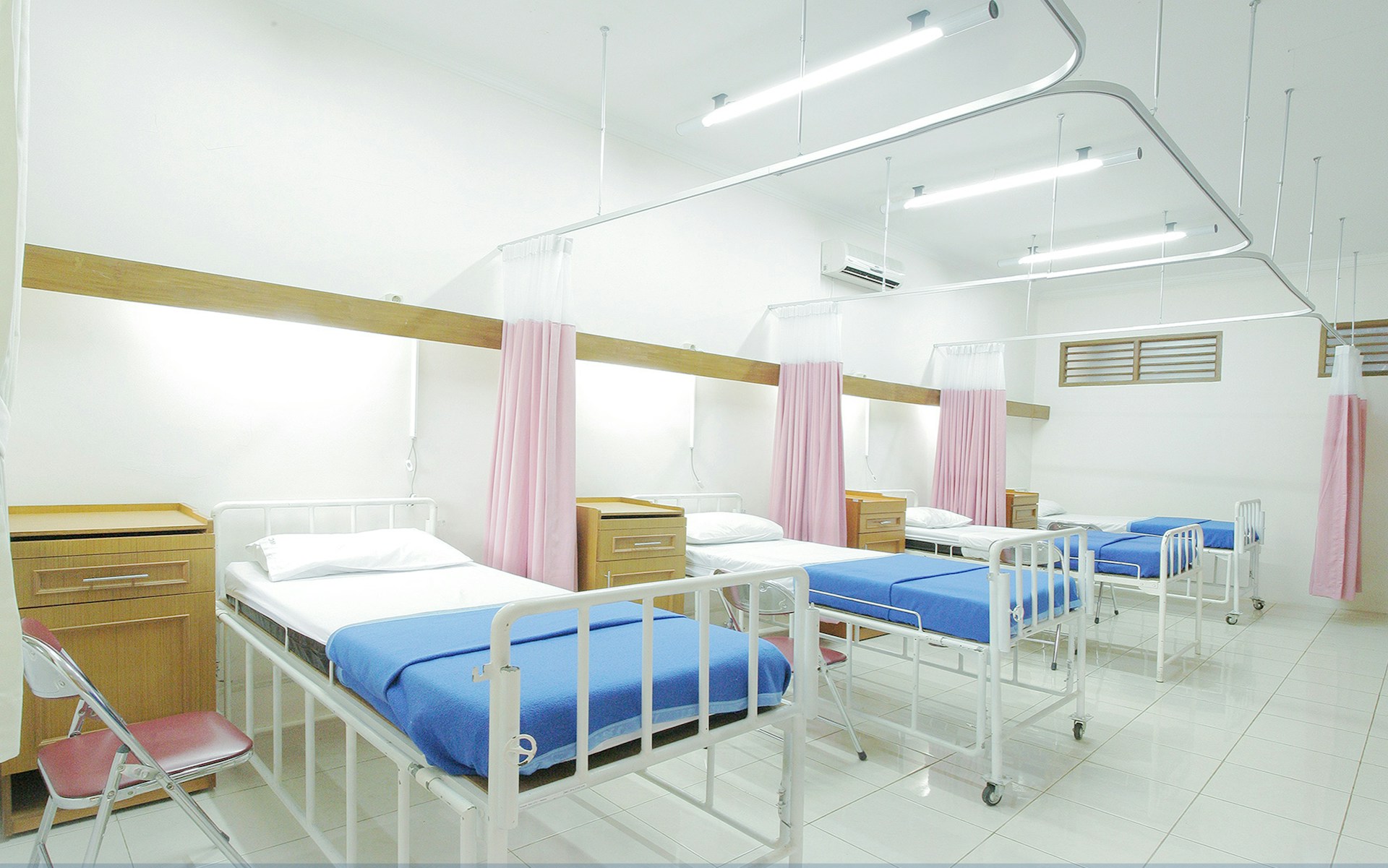Introduction: The Supply Chain Woes Plaguing Hospitals
Effectively managing complex supply chains for the vast array of critical medical supplies, pharmaceuticals, implantable devices and capital equipment across healthcare networks is an immense operational challenge. A persistent lack of real-time visibility causes frequent issues like stockouts, product expirations, temperature excursions, delayed shipments, and underutilized assets sitting idle. This wastage from poor inventory management represents a significant and compounding cost drain that quickly accumulates across multi-facility health systems. At the same time, inadequate demand forecasting leads to tying up working capital in excessive on-hand stock buffers. Hospitals struggle to strike the optimal balance between just-in-time inventory and service level disruptions. To curb these systemic supply chain inefficiencies, healthcare providers are urgently seeking digital transformation strategies and technologies that can provide true end-to-end supply chain transparency and optimization.
RTLS – The Digital Eye for Healthcare Inventory
Real-time location systems (RTLS) have emerged as a powerful solution for illuminating what was previously an opaque healthcare supply chain. At its core, RTLS leverages Internet of Things (IoT) sensor networks, wireless tags and cloud software to automatically track locations, conditions and status of high-value supplies, mobile medical equipment and temperature-sensitive pharmaceutical products with room-level accuracy across facilities. This unprecedented real-time location intelligence provides healthcare supply chain teams and logistics partners with a continuous pulse on inventory positions, product status insights, movement pathways and utilization trends instead of just static spreadsheet-based snapshots.
Reducing Wastage through Proactive Expiry Management
One of the most impactful use cases for RTLS in healthcare supply chain optimization is enhancing management and reduction of expired products – a widespread issue that costs hospitals millions annually. By capturing a robust location history for each medication, supply or perishable item, RTLS enables healthcare providers to automate alerts for soon-to-expire products and drive proactive interventions like redeployment, return to vendor or cycling out before expiration dates. Additionally, RTLS environmental monitoring capabilities enriched with temperature and humidity data streams can validate whether correct storage conditions were maintained to prevent premature product degradation. These RTLS-enabled expiry interventions systematically reduce wastage while optimizing inventory turnover rates.
Optimizing Stock Levels and Automating Replenishment
Moreover, by integrating RTLS asset data streams seamlessly into inventory management platforms and ERP systems, hospitals gain powerful new supply planning and optimization capabilities previously unattainable. Precise real-time usage metrics quantify actual rates of depletion for products and supplies rather than having to rely on safety stock buffering based on generalized forecasts. This level of consumption visibility allows transitioning to leaner just-in-time inventory policies and cycle stock methodologies based on factual demand. Furthermore, as min/max stocking levels are breached based on RTLS data validating remaining units, automated replenishment requests can be triggered, reducing the occurrence of costly stockouts. This advanced inventory optimization driven by real-time RTLS data streams was nearly impossible to achieve with antiquated manual auditing processes.
Interoperability Fueling Healthcare Supply Chain AI
By ensuring RTLS solutions provide robust interoperability with seamless data exchange to other core systems like procurement, clinical documentation, IoT platforms and data warehouses via industry standards and APIs, these disparate data streams can be consolidated into unified analytical datasets. These comprehensive cross-domain data fabrics open the door for deploying advanced artificial intelligence and machine learning models to intelligently forecast demand based on predictive usage patterns, automate order management through ERP system orchestration, and prescribe optimized inventory policies that balance financial and clinical factors.
A Foundational Investment for Healthcare Supply Chain Excellence
In summary, healthcare RTLS platforms have rapidly evolved to provide an unprecedented new level of supply chain visibility and intelligence that was previously unattainable through manual inventory management methods. From enhancing expiry management and optimizing stock levels through continuous monitoring to triggering closed-loop process automations and interoperating with AI/ML optimization engines, RTLS solutions illuminate what was once opaque across the healthcare supply chain. This technology-driven digital transformation is already well underway at leading health systems, promising optimized care delivery through maximized inventory asset utilization, reduced waste/expirations and achieving the optimal balance of just-in-time inventory levels. For health systems, implementing a robust RTLS capability represents a foundational investment towards supply chain excellence, quality care and long-term cost reductions.

